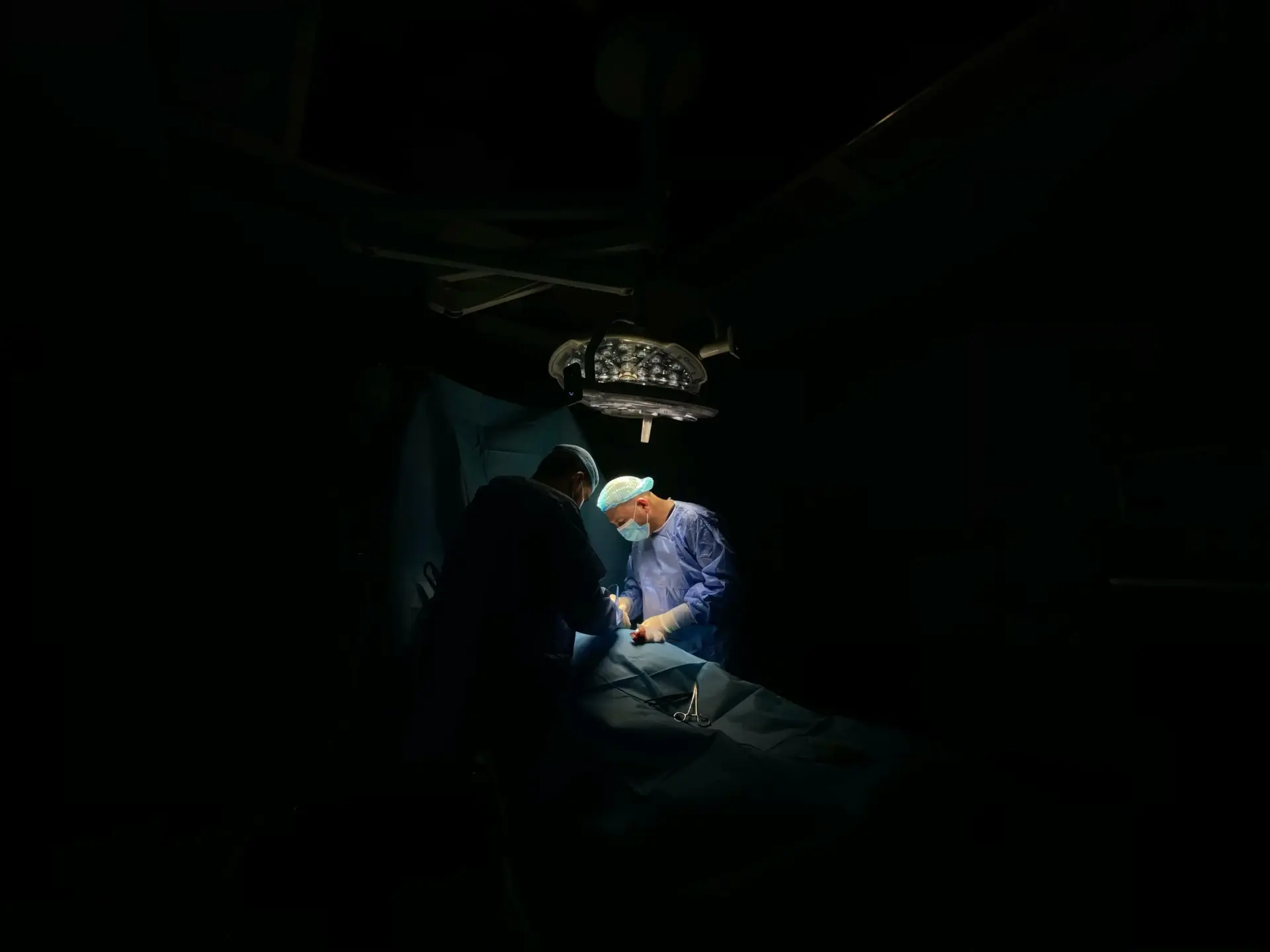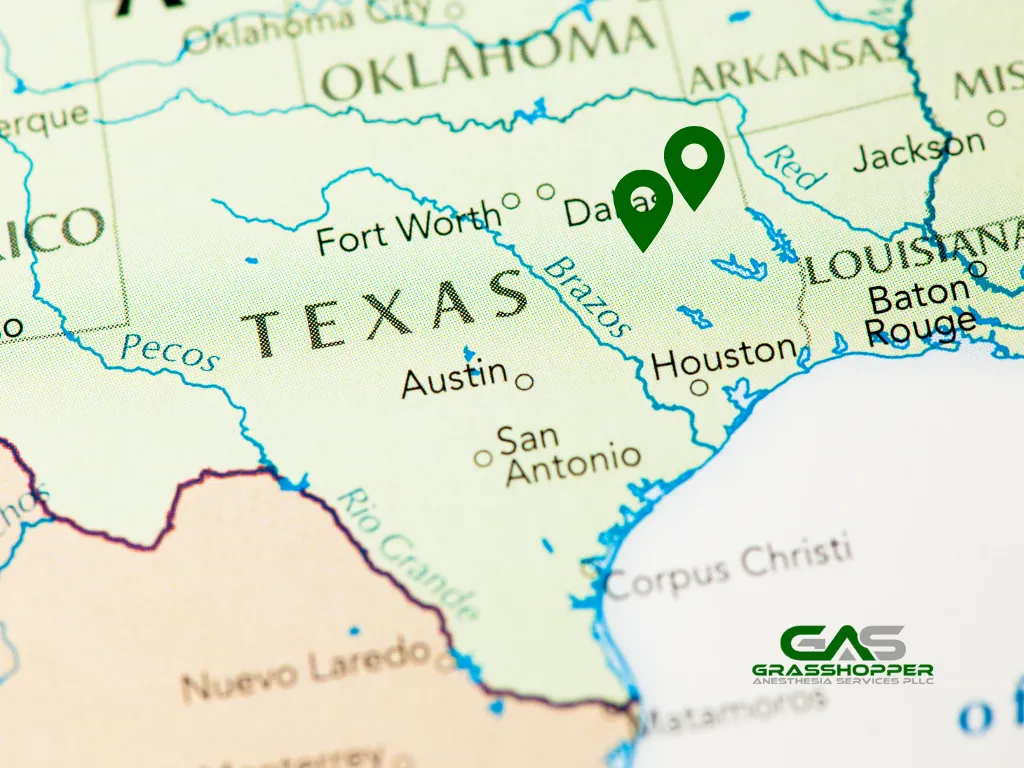by admin
Share
by admin
Share

As we prepare to celebrate CRNA Week 2025, it is important to reflect on the rich history and vital role that we, Certified Registered Nurse Anesthetists (CRNAs), play in the United States healthcare system. This week is not just a celebration for us; it is also an opportunity to recognize our dedication, expertise, and significant contributions to patient safety and anesthesia care.
Reflecting on the Past
The origins of anesthesia practice in the United States date back to the mid-19th century. In 1846, dentist William Morton performed the first documented use of ether anesthesia. During the Civil War, nurse anesthetists began administering anesthesia to patients, laying the groundwork for the profession. However, it wasn’t until the early 1900s that the role of nurse anesthetists in anesthesia delivery began to formalize. In 1909, St. Vincent’s Hospital in New York City established the first nurse anesthesia program, marking the birth of our professional identity.
Alice Magaw, often celebrated as the “Mother of Anesthesia,” is one of the most influential figures in our profession. Active in the late 19th and early 20th centuries, Magaw made significant advancements in anesthesia practices, particularly with her use of the ether-drop technique. Renowned for her meticulous record-keeping and unwavering commitment to patient safety, she earned widespread recognition. In 1913, she published a groundbreaking article in The Lancet, documenting the administration of over 14,000 anesthetics with an exceptional safety record. This landmark publication not only showcased her expertise but also solidified the credibility of nurse anesthetists, emphasizing our ability to deliver safe and effective anesthesia care.
Over the years, our profession continued to evolve, and in 1956, the American Association of Nurse Anesthetists (AANA) was established. Now known as the American Association of Nurse Anesthesiology, this organization, our organization, was created to provide a unified voice for CRNAs and to advocate for our critical role within the healthcare system. Throughout the decades, we have consistently demonstrated our ability to deliver safe and effective anesthesia across a variety of settings, including hospitals, outpatient surgery centers, and rural areas where access to anesthesia care may be limited.
The Essential Role of CRNAs Today
Today, Certified Registered Nurse Anesthetists (CRNAs) play a vital role in healthcare, administering over 50 million anesthetics annually across the United States. Our extensive training covers not only the complexities of anesthesia delivery but also critical aspects such as patient assessment, pain management, and emergency response. With advanced education and rigorous clinical preparation, we are uniquely equipped to deliver exceptional anesthesia care. While CRNAs historically earned master’s degrees, all newly graduated CRNAs now hold a doctorate as their terminal degree, reflecting the continued advancement and excellence of our profession.
In recent years, the healthcare landscape has undergone significant change, with an increasing focus on patient-centered care and cost-effective solutions. CRNAs play a vital role in this transformation, frequently serving as the sole anesthesia providers in rural and underserved areas, ensuring patients have access to essential surgical care regardless of their location. Additionally, studies consistently demonstrate that CRNAs deliver anesthesia care comparable to that of anesthesiologists, often at a lower cost, solidifying our role as indispensable members of the healthcare team.
Advocacy and Future Directions
As we celebrate CRNA Week, it’s important to acknowledge the ongoing advocacy efforts that drive our profession forward. These efforts focus on promoting autonomy in practice, ensuring fair reimbursement, and upholding the highest standards of education and clinical care. The future of CRNA practice is bright, with increasing recognition of our expertise and critical contributions to patient care.
However, challenges remain. Recently, major insurance companies have attempted to reduce reimbursement rates for CRNAs to protect their own profits, highlighting just one of the many critical issues we face as we advance further into the 21st century. It is essential that we stay vigilant, continuing to advocate for our profession and educate patients and stakeholders about the indispensable role we play in today’s anesthesia landscape.
As we enter CRNA Week 2025, let us reflect on our historical roots and the vital role we continue to play in the anesthesia delivery system in the United States. Our unwavering commitment to excellence, patient safety, and accessibility highlights the significance of recognizing and supporting our indispensable profession. Together, let’s continue to advocate for CRNAs and celebrate the invaluable care we provide every day.
Finding the right balance between personal and professional life can be challenging, especially for anesthesia providers. In today’s fast-paced healthcare climate, the demand for reliable professionals is growing faster than ever. At Grasshopper Anesthesia Services, our goal is to bridge the gap between work and life. We are committed to providing flexible placement opportunities that
Access to quality healthcare can look very different depending on where you live. While urban areas often have large hospitals and specialized providers nearby, many rural communities struggle with limited resources and long travel times for care. Grasshopper Anesthesia CRNAs transform communities by bridging the divide between quality healthcare and rural areas from Gonzales to
Not all CRNA jobs are created equal. The right opportunity isn’t just about location or pay, it’s about aligning your skills, lifestyle, and career goals so you can thrive in the long run. Going above and beyond just filling positions, Grasshopper Anesthesia matches CRNAs with the roles that fit them best. Learn about our process
Certified Registered Nurse Anesthetists (CRNAs) have a big impact in small towns. Doing far more than just filling gaps in healthcare, CRNAs are transforming patient care, especially in rural communities where access to anesthesiologists can be limited. These settings offer unique rewards both professionally and personally. Here’s why rural practices aren’t just a fallback, but




